Adopt an Object

Did you know you can adopt an object in our Viking North exhibition?
As a charity your donation to York Museums Trust will help us to preserve and care for our museums, gardens and collections.
As a thank you for supporting the charity you will receive a personalised digital adoption certificate for donations of £25, and a personalised postal certificate for donations of £50.
Looking for the perfect gift for a history enthusiast? You can also gift an object adoption!
Objects
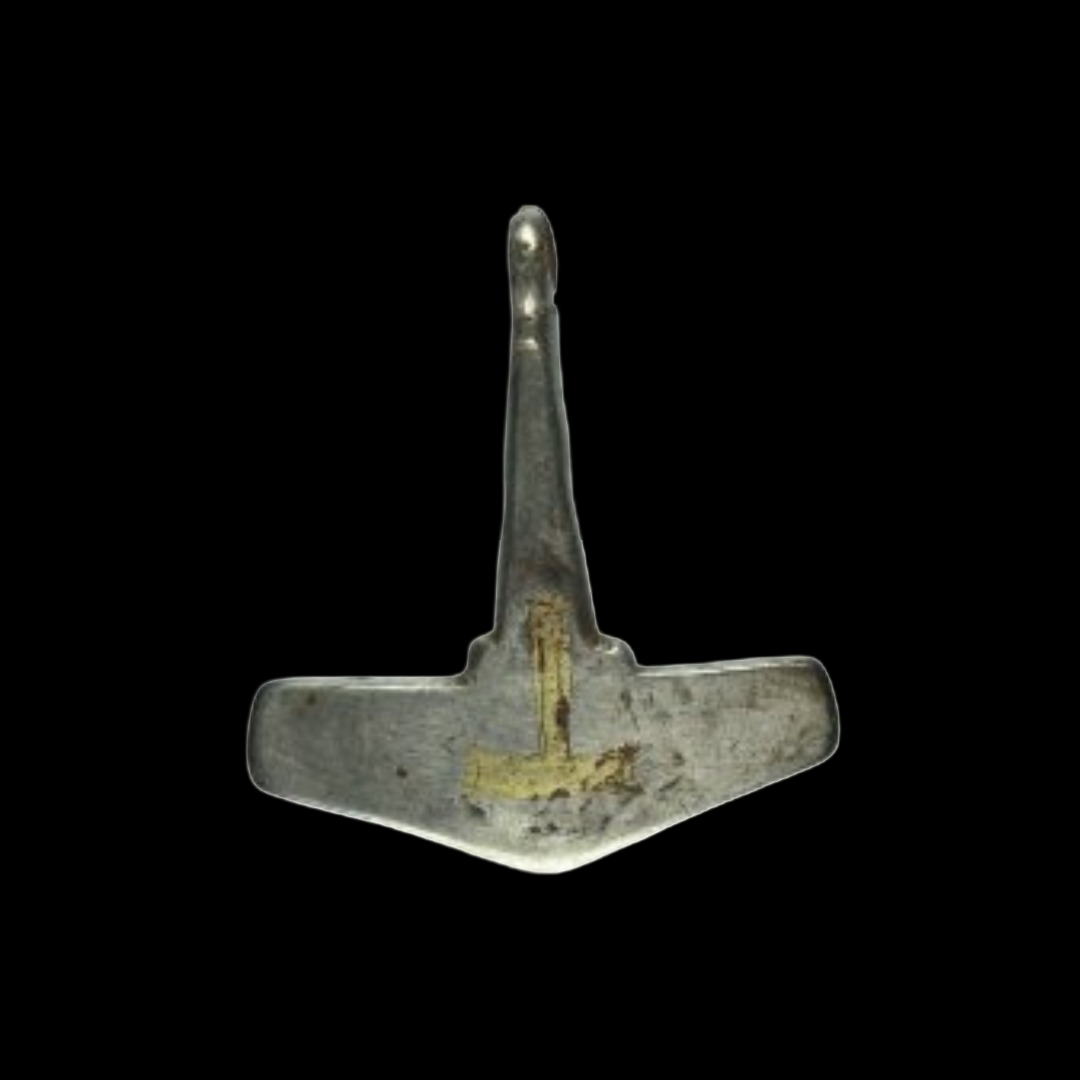 |
Thor’s Hammer Pendant Pendants in the shape of the hammer of the god Thor became popular amongst pagans after seeing Christians wearing cross pendants that showed their religious identity. In Scandinavia these were very detailed. Most English examples are plain silver hammers. A recent discovery in Yorkshire sits between these traditions and includes a tiny gold hammer inlaid into the silver pendant. This pendant told a clear story of identity to its viewers. It was acquired by the Yorkshire Museum in 2025 as is on display to the public for the first time in Viking North. |
 |
The York Helmet The arrival of the Viking Great Army created fear and uncertainty in the Anglian north. It captured lands, deposed Anglo-Saxon kings, and gained financial rewards. In these troubling times, personal wealth and precious objects were sometimes hidden in the ground for safekeeping. An exceptional 8th-century Anglo-Saxon helmet was found in a well in York. A cheekpiece and the chainmail had been removed and stored inside the helmet. It was found upside down. The inscription on the band is a prayer that names its owner, Oshere. It is one of only six Anglo-Saxon helmets in Britain and, because of its careful hiding, the best preserved. |
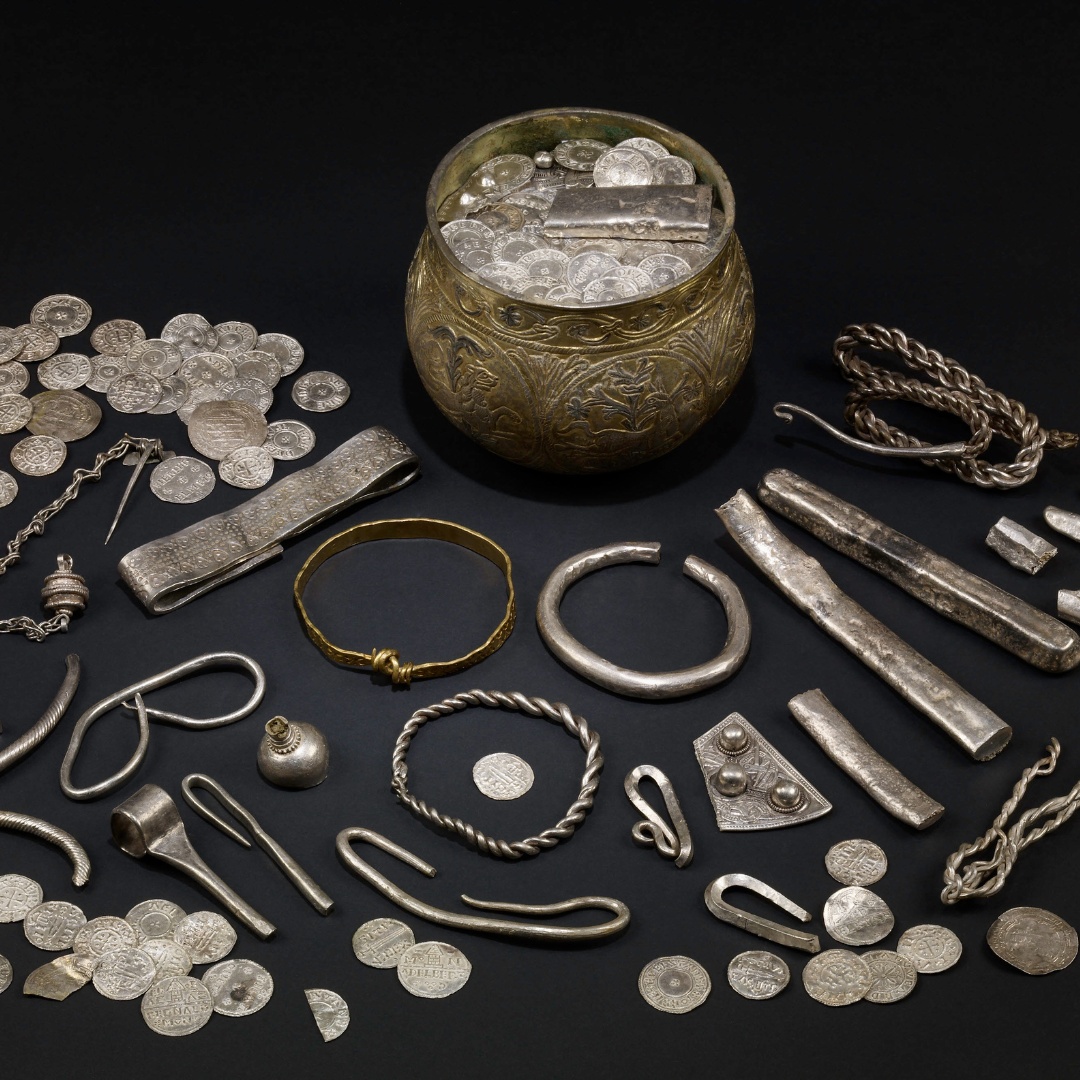 |
The Vale of York Hoard The wealth and far-reaching connections of the Viking North are highlighted in the many hoards that have been discovered in the region. Hoards were deposited for many reasons; as offerings, for security in a time without banks, or in the face of uncertainty or danger. The borders of the Danelaw were never wholly secure. Political instability caused by power struggles between Viking and Saxon kings may explain the number of hoards buried in and around the region. The most significant of these is the Vale of York hoard. It was discovered by two metal detectorists near Harrogate, North Yorkshire, in 2007. Comprising over 700 pieces of gold and silver jewellery and coins contained within a rare silver-gilt vessel, this remarkable collection represents the most important Viking discovery in England in more than150 years. The hoard was buried originally in a lead container and in total comprises a gold arm-ring, 67 pieces of silver including 5 arm-rings and chopped up fragments of brooches, ingots and rods (known as hacksilver), as well as 617 coins and a silver-gilt vessel. Unusually, it has been possible to date the burial of the hoard precisely, to AD 927/8, shortly after the Saxon king Athelstan took control of the Viking kingdom of Northumbria. This hoard is remarkable for its size, the range of its contents and the rarity and quality of many of the pieces in it. |
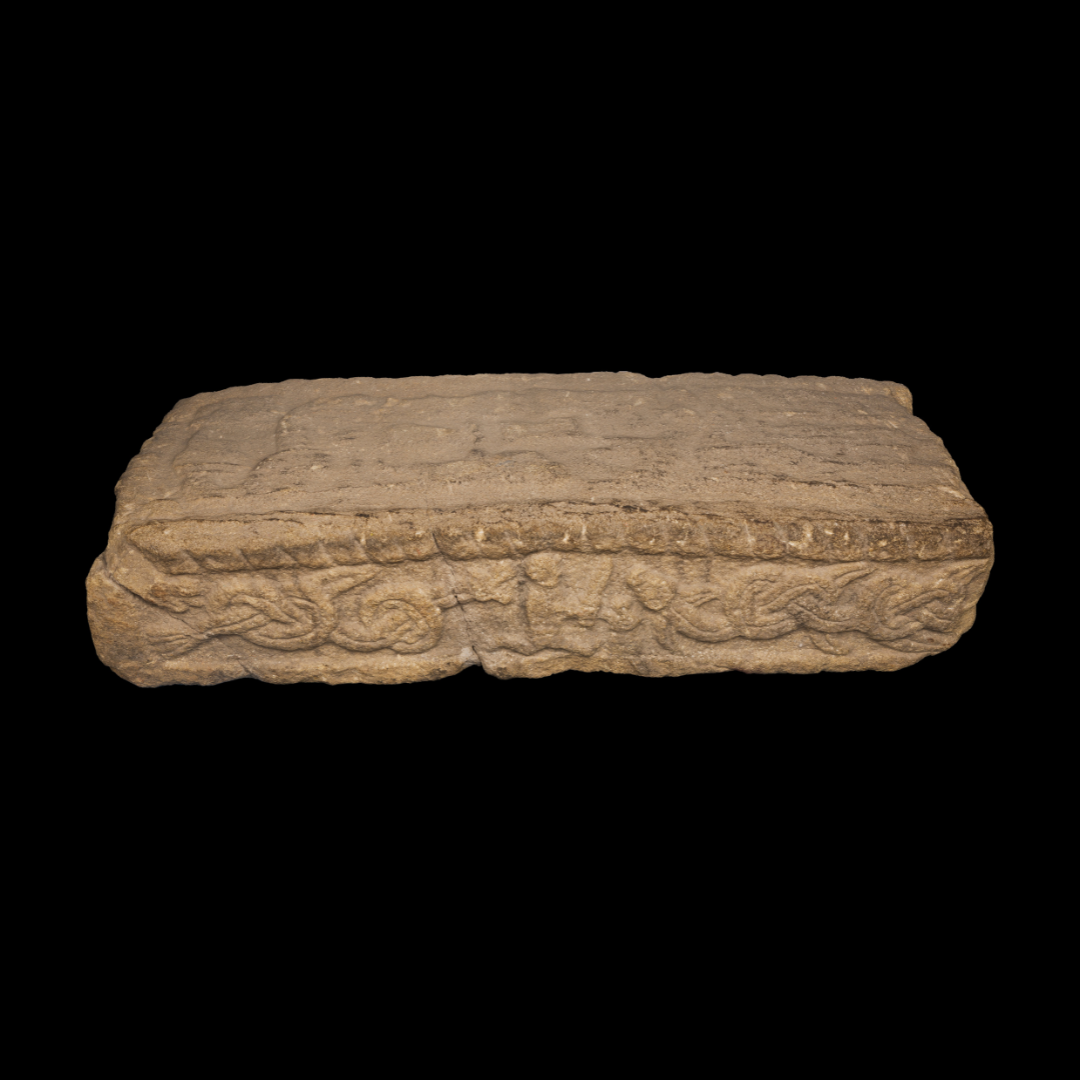 |
Sigurd Grave Stone Norse pagan myths and stories were interwoven with Christian traditions in the Viking North. On a gravestone from the early church site at York Minster is part of the myth of Sigurd. He was a warrior of legend and is shown fighting and killing the dragon Fáfnir. |
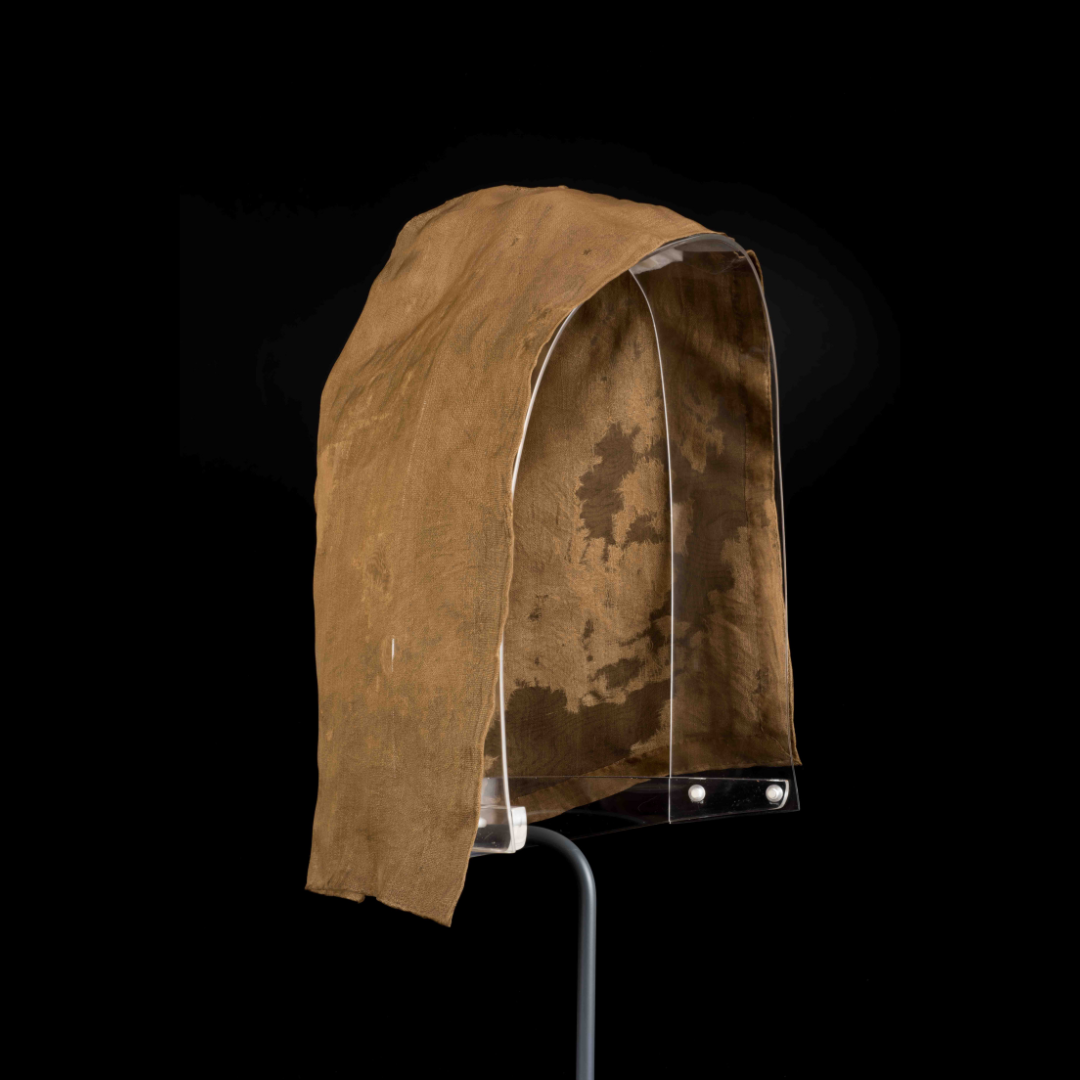 |
Silk Cap In the 1980s important excavations at Coppergate, York, discovered much of the Viking town. The waterlogged deposits preserved organic materials like wood, bone, and textile remarkably well. A few fragments of silk were discovered, including a near-complete silk cap. Silk was incredibly rare in Viking York and Yorkshire because it was not made in the British Isles. Silk-weaving is a Chinese technology, but by the 10th century, silk weaving had reached the Arabian peninsula, the Byzantine Empire, parts of North Africa and Spain and so the cap must have been imported from one of these places. The material of the cap would have been recognisable as something highly expensive and exotic amongst the fashions of Viking Yorkshire. |
 |
Ormside Bowl A Viking warrior was buried at Ormside in Cumbria. As well as a sword, he was buried with a great treasure in the form of a silver-gilt bowl. It is one of the finest pieces of Anglo-Saxon silverwork found in England and highly sought-after by the Great Army. |
 |
Bone Plaque Many descriptions of the Vikings were written by people who saw them as raiders, conquerors and outsiders. This simple bone plaque is unusual. It was made by a Viking in the image of a Viking, offering a rare chance to see how they viewed themselves. |
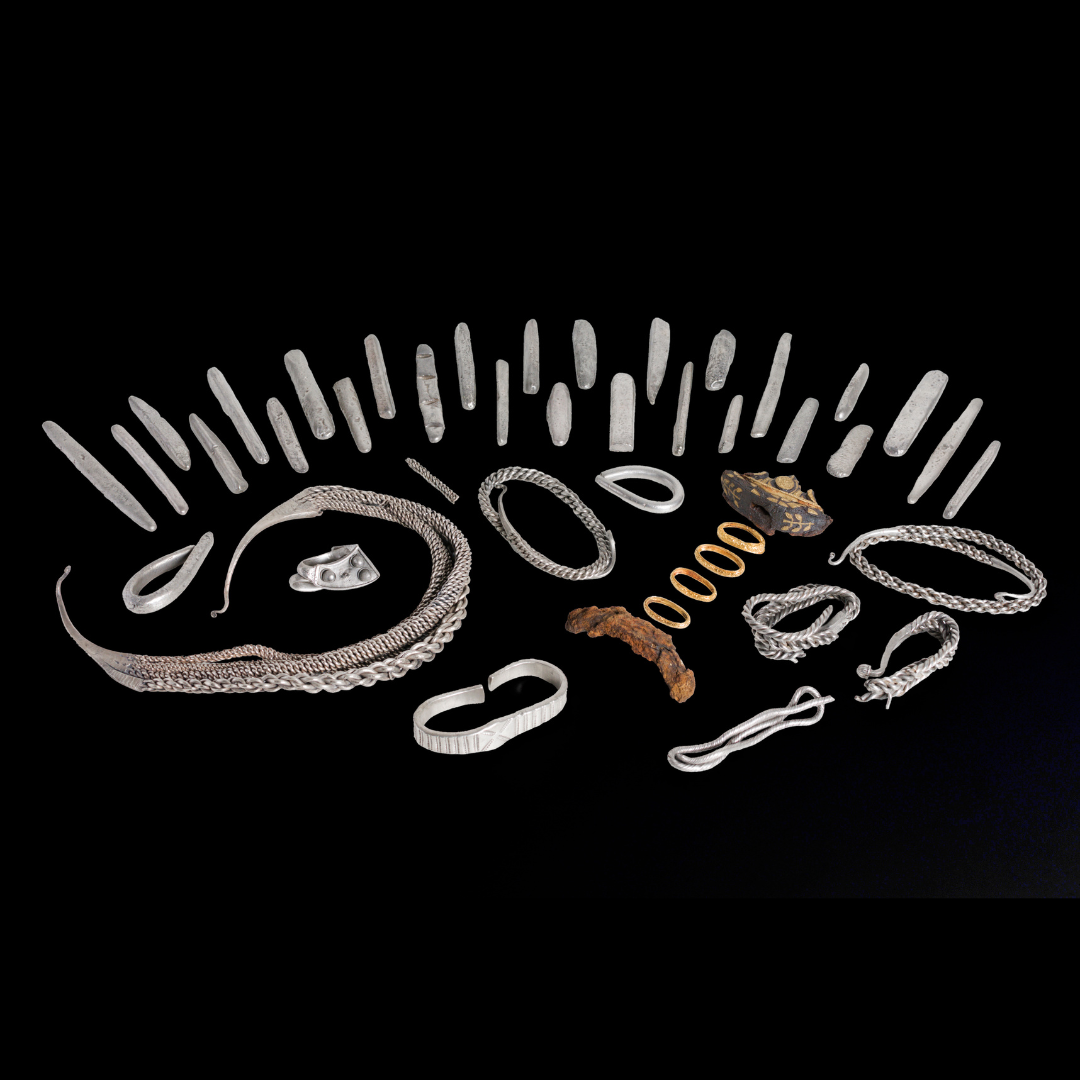 |
Bedale Hoard Found by metal detectorists in 2012, the Bedale Hoard is a fantastic example of Viking silver bullion and highlights connections to Yorkshire from the far edges of Viking influence. Diverse and complex international connections can be found in the Bedale Hoard. A wide silver bracelet is of Irish origin, a twisted neckring in Permian style comes from Russia, and other objects were likely British or Scandinavian made. The sword pommel and bands are late Anglo-Saxon work. Recent analysis of the isotopes of lead found in the silver show that some of it comes from British sources (and was probably Anglo-Saxon loot) and others from Eastern silver sources. It had been much mixed up, suggesting some of these ingots and adornments were made from more than one melted silver object. Viking silver was repeatedly crafted, used, traded, cut up, recycled and re-made. Tiny cuts called testing nicks are visible on some objects. These were made by a trader cutting into the silver with a knife to ensure that the inside was the same material and that no-one was cheating. Image credit: The British Museum |
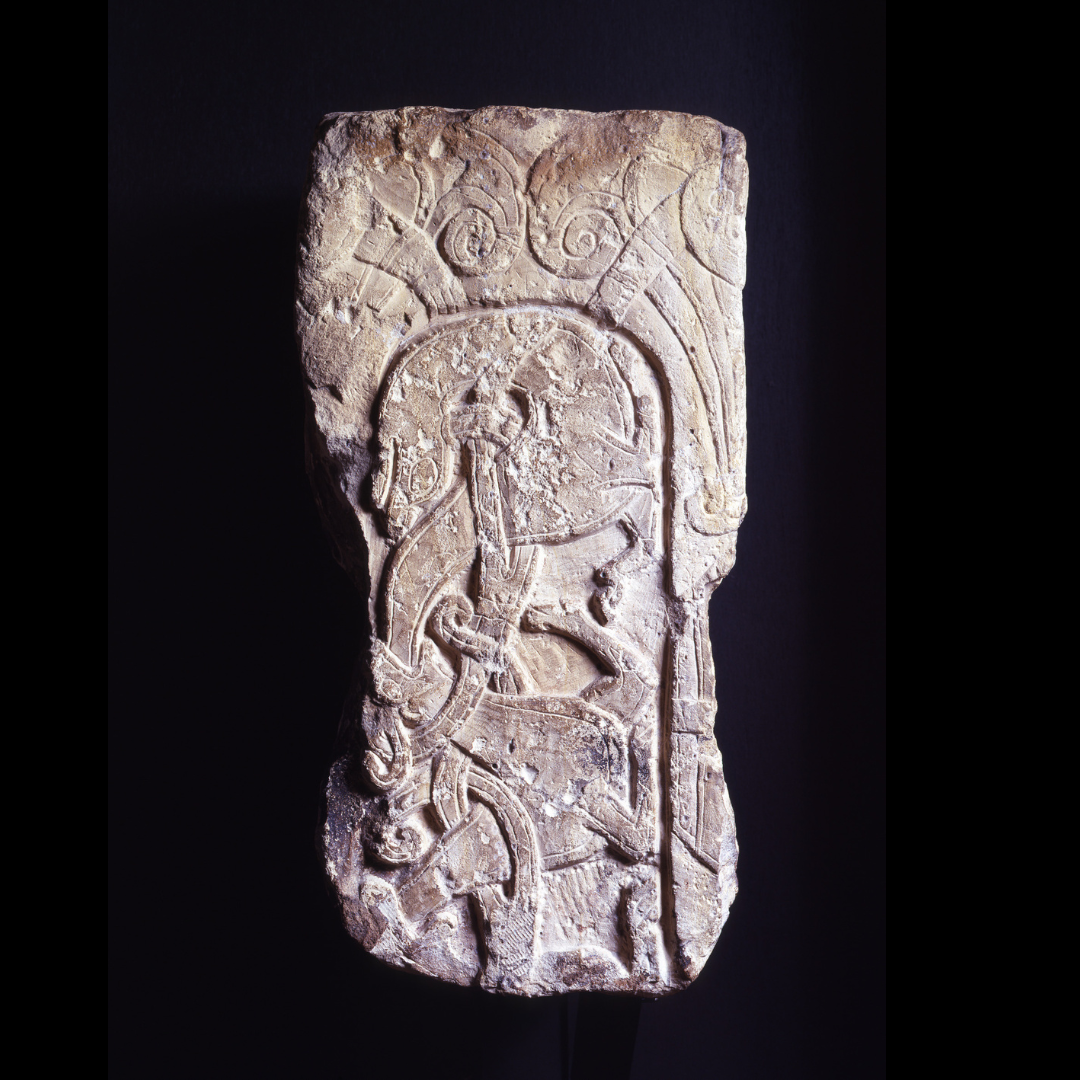 |
Newgate Cross One of the finest pieces of Anglo-Scandinavian carving from York is a section of a large cross found at Newgate Street in XXXX. It includes artistic elements that pre-date the Viking period, some that are purely Scandinavian, and others that blend the two traditions. The technical skill of this carving is the mark of a carver known as ‘the York Master’ – a professional artisan whose work is visible across several fragments of Viking stonework in York. |
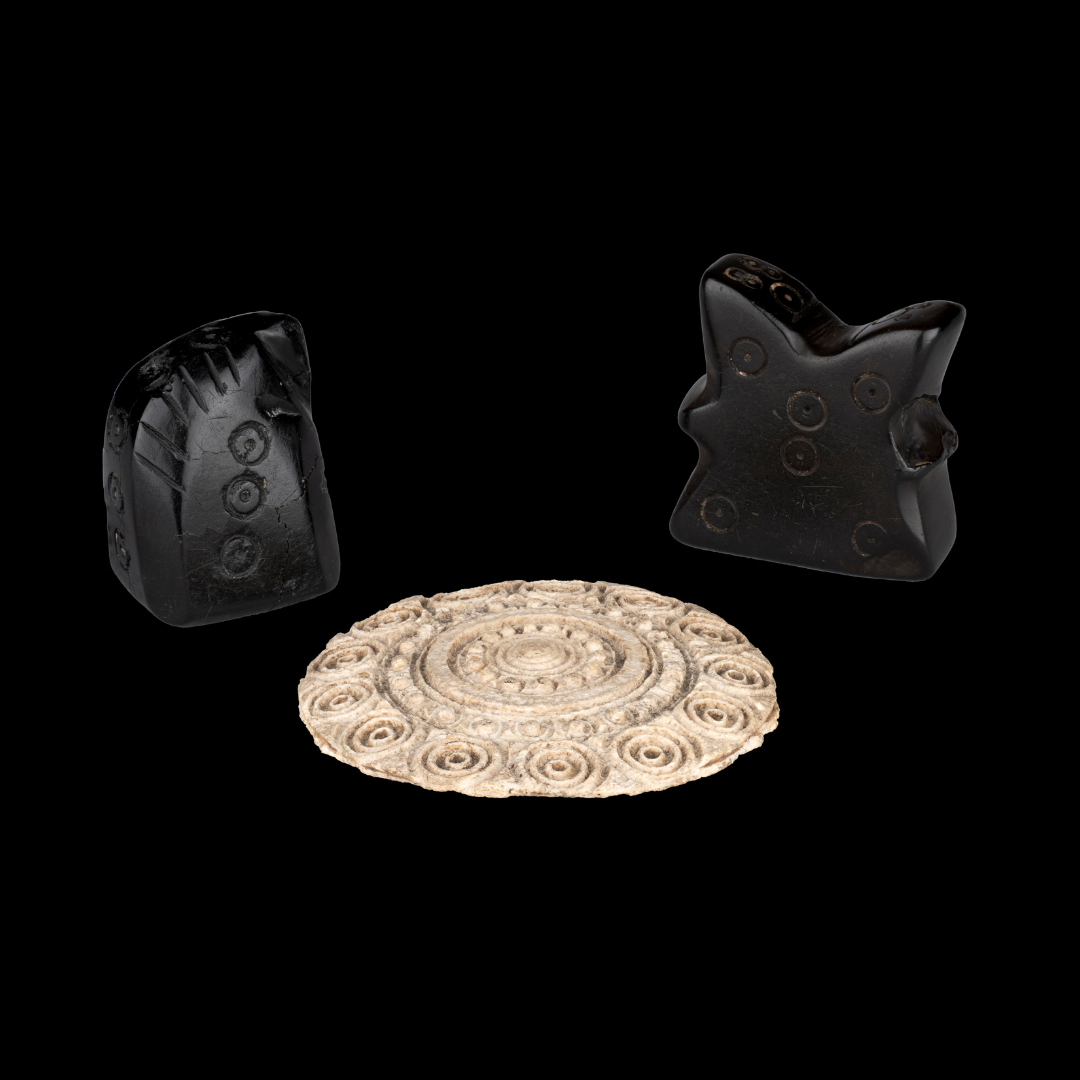 |
Jet Gaming Pieces Hnefetafl was a popular Viking game and mentioned in several sagas. The exact rules are unclear. It was a game for two players using two sets of pieces on a grid of 9×9 or 11×11. Gaming pieces in jet, which are similar to modern chess pieces, were probably used for one of the sets. The other player had a different colour set. Jet is a material that is only found on the Yorkshire coast. |
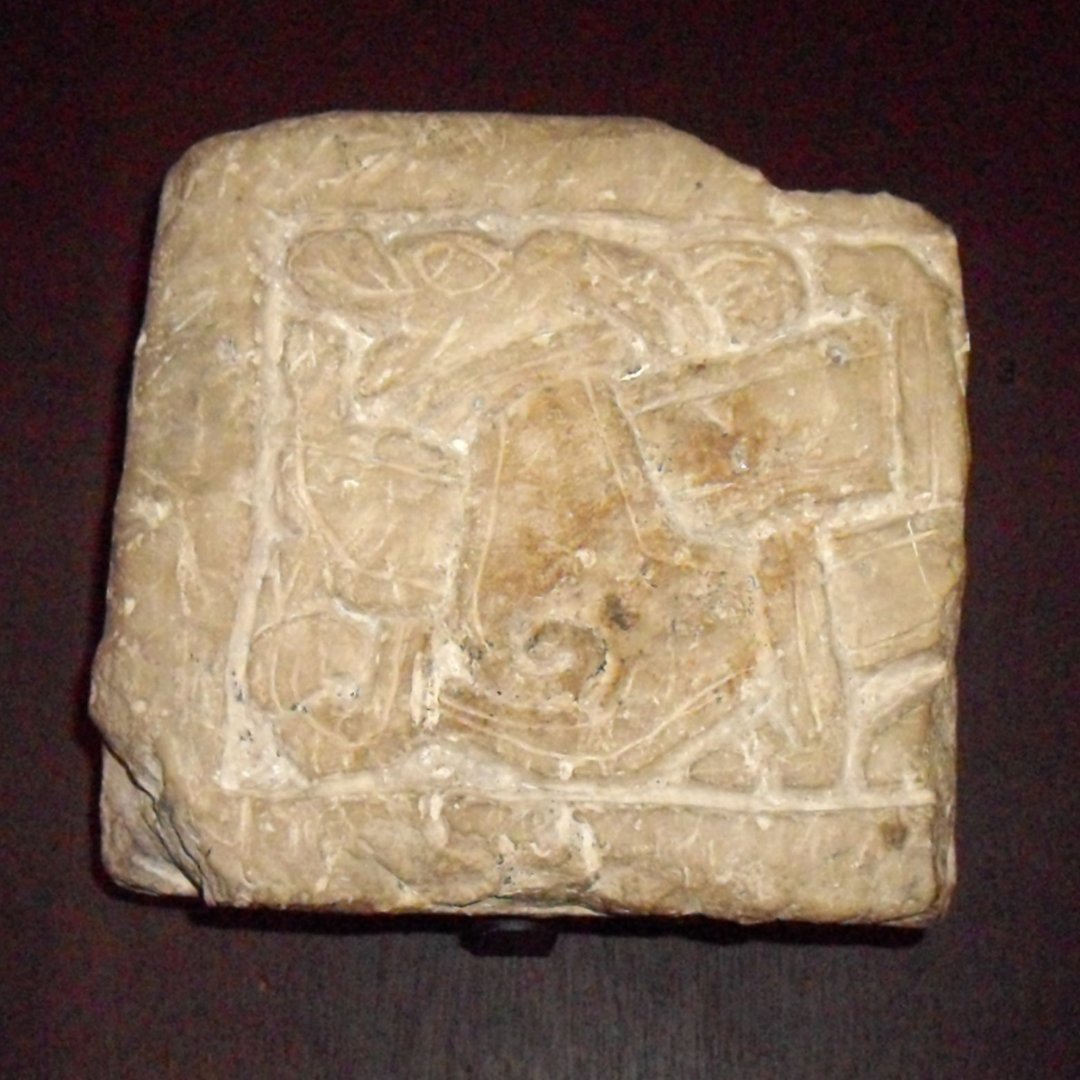 |
Grave Marker One of the best places to investigate the intricate decoration of Viking art styles is on grave markers. The large stones covered graves. There are no carved runes that tell people’s names or biographies – the uniquely decorated stonework marked their final resting place instead. Imagine the stonework painted in bold lines of red, blue, yellow, and white. The decoration was meant to look complicated, exciting, and alive. |
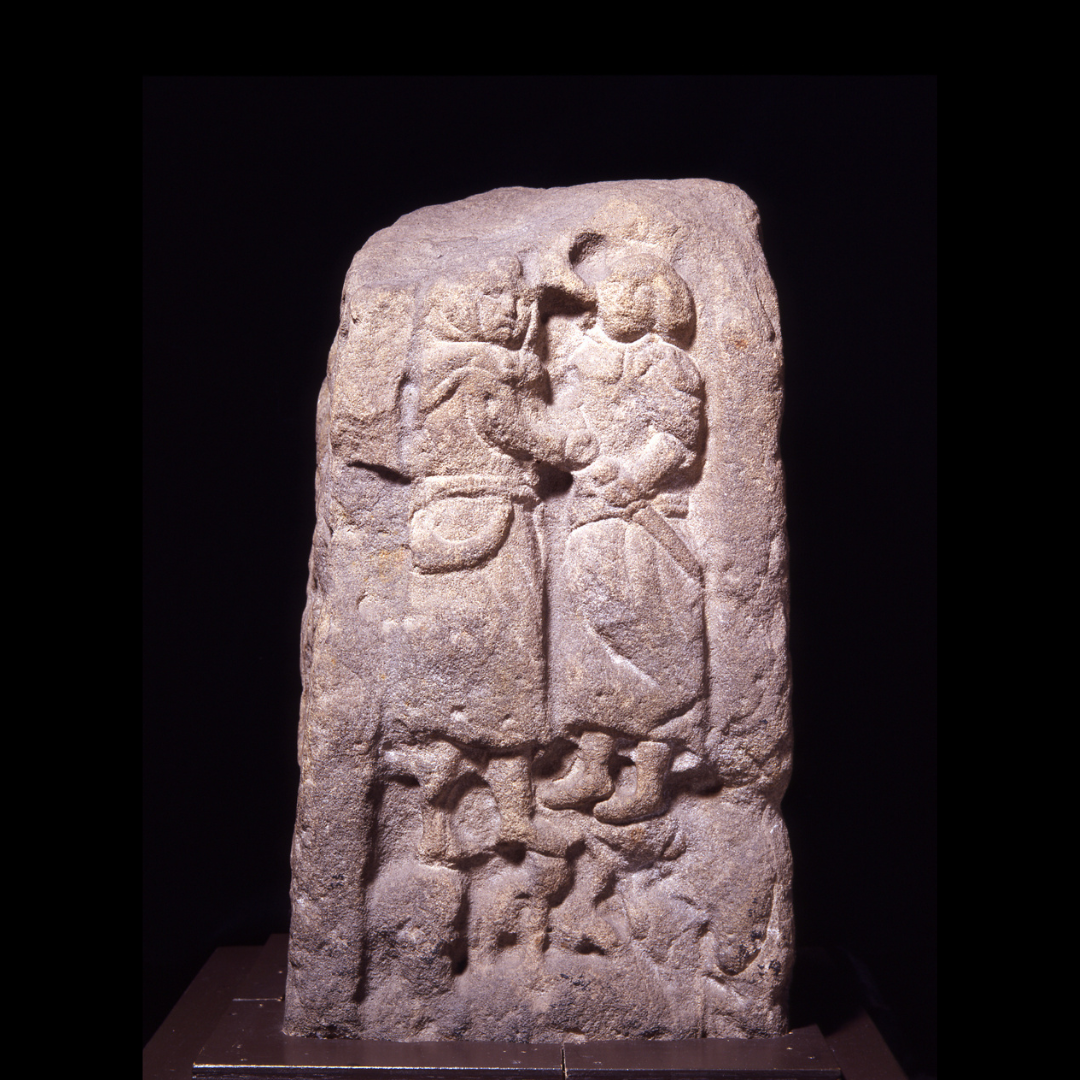 |
Bishophill Cross Two figures clasp hands on this cross shaft. It might mark an agreement or a greeting between the people represented. They wear long hooded cloaks or tunics with a large belt at the waist. The cross shaft is significant because it shows continuity throughout the transition from Anglian to Anglo-Scandinavian artistic styles. |
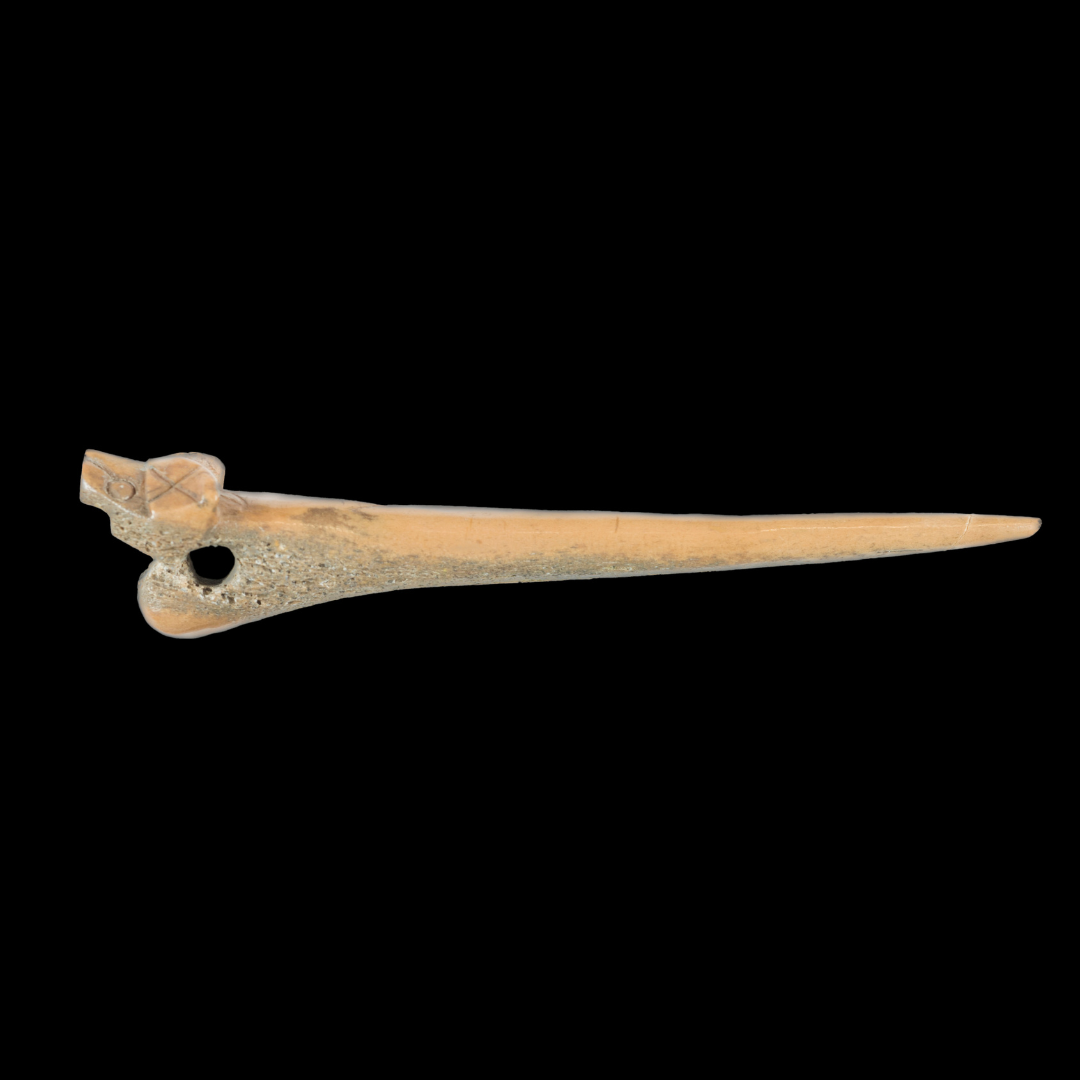 |
Dragon Pricker Strange and unusual beasts were important elements in Viking art styles for many decades. Sometimes they were mythical beasts from sagas and stories, like the dragon Fafnir. |
 |
Snarrus Seal Strange and unusual beasts were important elements in Viking art styles for many decades. Sometimes they were mythical beasts from sagas and stories, like the dragon Fafnir. |
Latest News
- Adopt an Object: Sponsor a Viking artefact at the Yorkshire Museum.
- Melsonby Hoard saved for the UK thanks to National Heritage Memorial Fund and public support
- Echoes of Yorkshire: The Museum Illuminated
- Digital scanning of Melsonby Hoard to create 3D handling objects
- Yorkshire Museum Announces Major Exhibition: ‘Viking North’ Opens Friday 11 July 2025


